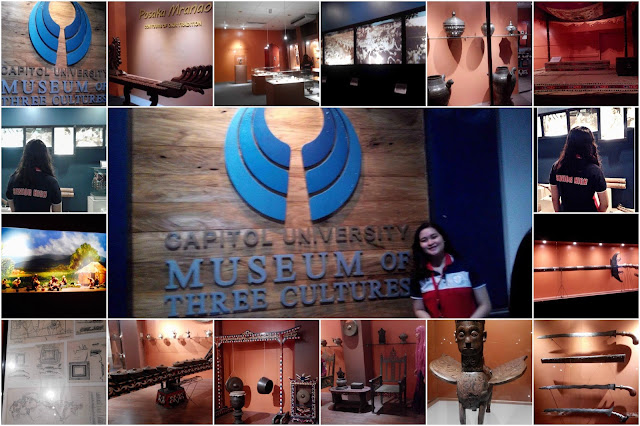A Personal Concept of Heroism in the Everyday Life
A Personal Concept of Heroism in the Everyday Lif e Sometimes heroes don’t certainly do something that’s big, sometimes even the small practices of doing good we call it as a hero and one does not have to save the world or win a gold medal just to call him or her a “hero”. Sometimes the greatest acts of heroism are the result of thousands of small acts that ripple out to affect millions. Example is when our neighbor who is a taxi driver, got a bag that is full of money, it is from the foreigner who is his passenger last night. Instead of keeping and using it for his own needs , he returned the money that the foreigner left and he went to the nearest police station and asked if someone complained that he lost his bag , then there it is , the foreigner cried because that’s his savings , the foreigner thank our neighbor and offered him a work in the other country. As you can see and ob...



